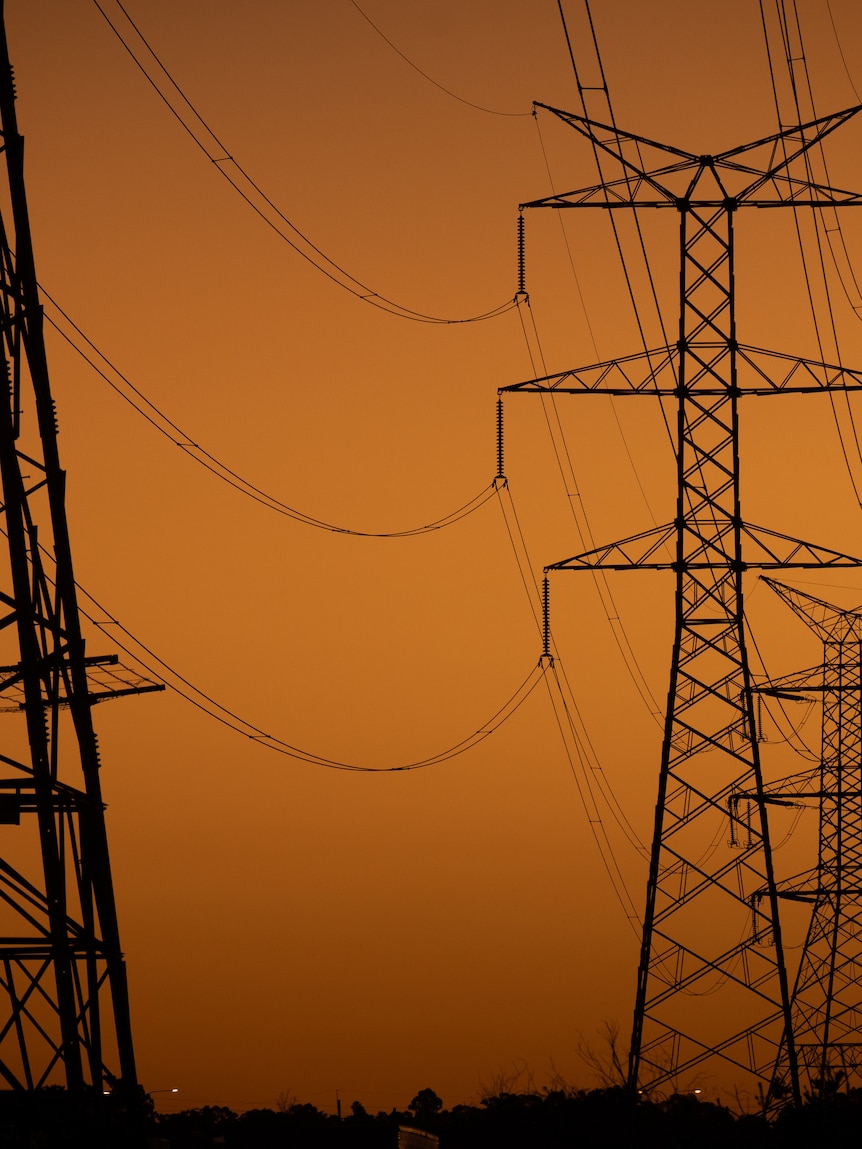Australians hoping for energy bill relief next financial year have been delivered a blow, with the cost of energy transmission set to rise in different parts of the country.
A decision by the Australian Energy Regulator (AER) will see the amount charged by six electricity distributors rise over the next five years.
In New South Wales, customers reliant on distributors Ausgrid, Endeavour Energy, Essential Energy will pay between $14 and $39 more, while customers of ACT company Evoenergy will pay $18 a year more.
Tasmanian households will pay on average $56 more a year, with small businesses to pay $79 more on average.
The biggest hike is in the Northern Territory, where transmission costs charged by the Power and Water Corporation will rise by $116 a year for the average household, while small businesses are set to pay $332 a year more.
Although the NT government has an order in place which caps retail prices, meaning the cost of the Power and Water Corporation’s rise will not be felt by the majority of residential and business customers.
In announcing the price hikes, the regulator said the transmission increases were largely driven by increases in interest rates and inflation.
“These revenue determinations have been developed during a challenging time for energy consumers and the sector more broadly,” AER chair Clare Savage said.
“We have looked to ensure consumers pay no more than necessary for safe and reliable energy while supporting the transitioning energy market.”
Tasmanians in for 10 years of network pain
Energy analyst Marc White said Tasmanians could expect a decade of increases in distribution costs, with big energy projects including the North West Transmission Developments and the Marinus Link undersea cable set to be developed.
“The next five years of increases are driven by increasing interest rates and increased cost of capital, and the five years after that will largely be driven by increased investment in network assets,” he said.
“There’s much more than this to come.
“We’re going to see regulated costs of BassLink flowing through in a couple of years in the order of $50 million a year that TasNetworks will need to recover, and then on top of that when Marinus is connected, TasNetworks will likely recover the regulated cost of that as well.”
Smaller energy price rise predicted this year
Despite the increased network costs taking effect from July 1, Tasmanians will have to wait at least a month before finding out how much they’ll be charged for electricity in the next financial year.
The Tasmanian Economic Regulator will hand down its price determination in June, which factors in the wholesale price of energy, renewable energy certificate costs and retail operation costs, plus the network costs set by the AER.
Mr White said this year’s decision is likely to be easier on consumers, after they were hit with a 9.51 per cent increase last year, and a 11.88 per cent rise in the 2022–23 financial year.
“The good news is that the wholesale electricity cost is coming down … so when the new residential and small business tariffs are announced, consumers will only see modest change,” he said.
“Consumers are in for a far more modest price rise this July 1, compared to what they’ve seen in previous years … probably of a few per cent.”
He said that small increase would be driven by the rise in network charges, plus an increase in renewable energy certificate costs.
Electricity prices played a big part of Tasmania’s recent state election campaign, with the Liberal Party pledging a one-off $250 bill reduction payment for households, and $300 for small businesses.
Posted , updated




